- The

To get rich, build roads first. Rwanda, known as the "country of a thousand hills", has a small land area and roads have become its most important transportation infrastructure.
In the rainy season, the dark or shallow clouds and rain surging in front of the mountains and behind the mountains, wrapped in squally winds, sounded loudly on the silver iron corrugated corrugated sheets, sounded the evening drum and the morning bell. Suddenly it rained and the sky cleared, and under the beautiful rainbow after the lightning and thunder, a misty and misty mountain trail was reflected.
In the dry season, the scorching sun scorches the earth, and the dry soil grins but cannot wait for nurturing. The water storage of the heavy rains before the turn of the seasons also gradually dried up. The seasons that did not fade were filled with dry heat, and the layers of pine forests also appeared to be sluggish. The winding roads of the winding mountains dried up to sand, the wheels ran over, and the wind followed drift.
The people of Rwanda are working hard to rebuild their homes. PowerChina and the Rwanda Transport Development Agency have joined hands to create an "African Model Road" to bring the "Chinese speed" of economic development to Rwanda.
Agriculture Road to Riches between Mountain Plateau
Rwanda is located in the East African plateau, with many mountains and plateaus. The altitude is generally about 1500 meters. Most of the area has a tropical plateau climate and a savanna climate. The mild and cool climate is very suitable for growing coffee and tea.
Rwanda's coffee and tea are highly sought after in European and American countries. The complex terrain and relatively backward economy of the mountainous areas have formed three planting modes: manor, cooperative and small farmer. As a landlocked country, there is a lack of river and sea transportation, high air transportation costs, and inaccessible railway transportation. The transportation route mainly relies on road transportation. The transportation part of the transportation, storage, processing and export links has particularly stringent requirements for "fresh". The narrow and uneven mountain roads are a major test for logistics and an important cost. With the establishment of Internet access in Southern Province, online communication and communication between tea factories and buyers have become more convenient, and local coffee and tea sales have been connected to the global market. At this time, the transportation system needs to be improved urgently.
In April 2019, a 66.3-kilometer Huye highway project that runs through many cities and towns including the Huye-Yaluguru area was officially started. This Huye highway is an important intercity highway in southern Rwanda and an important part of the central corridor connecting Rwanda, Burundi, Congo (Kinshasa) to the Dar es Salaam port in Tanzania.

The mayor of Yarugulu once said that local residents and businesses have to bear high transportation costs due to road problems, especially in the rainy season, this problem is particularly prominent. The construction of Hu Ye Road not only solved the contradiction between the development needs of the local economy and the backward transportation system, but also greatly reduced transportation costs and improved transportation efficiency. It provided hundreds of jobs for local residents and guaranteed local coffee. , Tea cooperatives can go deep into the fields of farmers more conveniently, provide technical guidance to growers, solve various planting problems they encounter in a timely manner, and improve crop yield and quality.
At the same time, the unblocked Huye Highway has created a lot of business opportunities for the local area, prompting the establishment of direct supply channels between growers and factories, and more convenient transportation equipment enters the farmland for unified purchase of coffee and tea, effectively promoting high-quality coffee and tea. The upward movement has alleviated the practical problems of difficult sales, difficult luck and low prices for local farmers.
The completion of the Huye Highway brings hope to the Rwandan people, promotes the export of coffee and tea, drives the country’s economic development, and creates more foreign exchange for Rwanda. Rwandans are also advancing courageously on the road to becoming rich by planting coffee and tea together to build a better tomorrow.
Pilgrimage routes are booming
Since the appearance of the Virgin Mary in Huye, Rwanda on November 28, 1981, the diocese of Kiberho has been a global pilgrimage destination for Roman Catholics. The pilgrimage is held on August 15th and November 28th every year. In the days before the pilgrimage, thousands of pilgrims from all over the world travel to Kibeho to visit Kibeho Church. I hope their prayers can be answered here. . The region will receive nearly 30,000 religious tourists from the United States, Poland, the Czech Republic, Slovakia, France, Italy and India every week during the peak season. During the off-season, about 100 religious tourists from Rwanda, Uganda, Democratic Republic of Congo and Tanzania will be received every week. Their arrival has brought a huge economic impact to Rwanda and the region.
Rwanda is committed to the development of high-density high-end tourism in the region. The Rwanda Development Committee also stated that they are planning to diversify the tourism industry and further develop local resources in the fields of culture and religion. Religious tourism products based on regions and visits to the Virgin Mary. At the same time, Kibejo is preparing to build a cathedral with a capacity of 10,000 people under the funding of the "Basilica of Our Lady of Kibejo", which will drive the development of the area's commerce and hotel industry. The tourist route through Kibeho is dominated by winding mountain dirt roads. The roads are rugged, undulating, and the rainy season is long, which greatly reduces the comfort of tourism. The lack of traffic has become a shortcoming of the local economic development. Connecting the main arteries of Huye, Kibeho and Munini regions.

The project has improved the transportation network connecting the city and the countryside. The improvement of the transportation environment has attracted investment in tourism-related industries. The urbanization of the areas along the route has accelerated, and the agglomeration effect of commerce and hotel industries has gradually formed. The economic belt with Huye Highway as the axis radiates to the surrounding area. And spread, forming an economic development model with religious characteristics. As a pilgrimage site, the location advantage is obvious. The construction of the Hu-Ye Highway has significantly increased the logistics and the flow of people along the route, and the corresponding transportation and production costs have been reduced, which has a back-feeding effect on the improvement of the investment environment. In addition, the project’s simultaneous construction and improvement of road networks, power grids, and information networks has accelerated the inflow of external information into rural areas, and changed the ideology and lifestyle of local farmers. More farmers have transformed and invested in tourism-related industries. High wages have brought a higher quality of life.
Mother Teresa once said: “We live in this world, not just to pursue our own happiness, but to contribute to others.” The Huye Highway built by China Hydropower has now become a boost to the Kibeho regional economy. An important force for development and a strong guarantee for the improvement of local people's livelihood, this mountain road connects China-Rwanda friendship like a link.
The face of Rwanda is quietly undergoing changes. The blueprint for urban clusters featuring coffee, tea planting and tourism has emerged. China's Belt and Road Initiative will help Rwanda embark on the road to prosperity. Editor/Tian Zengpeng
Comment
 Praise
Praise
 Collect
Collect
 Comment
Comment
 Search
Search


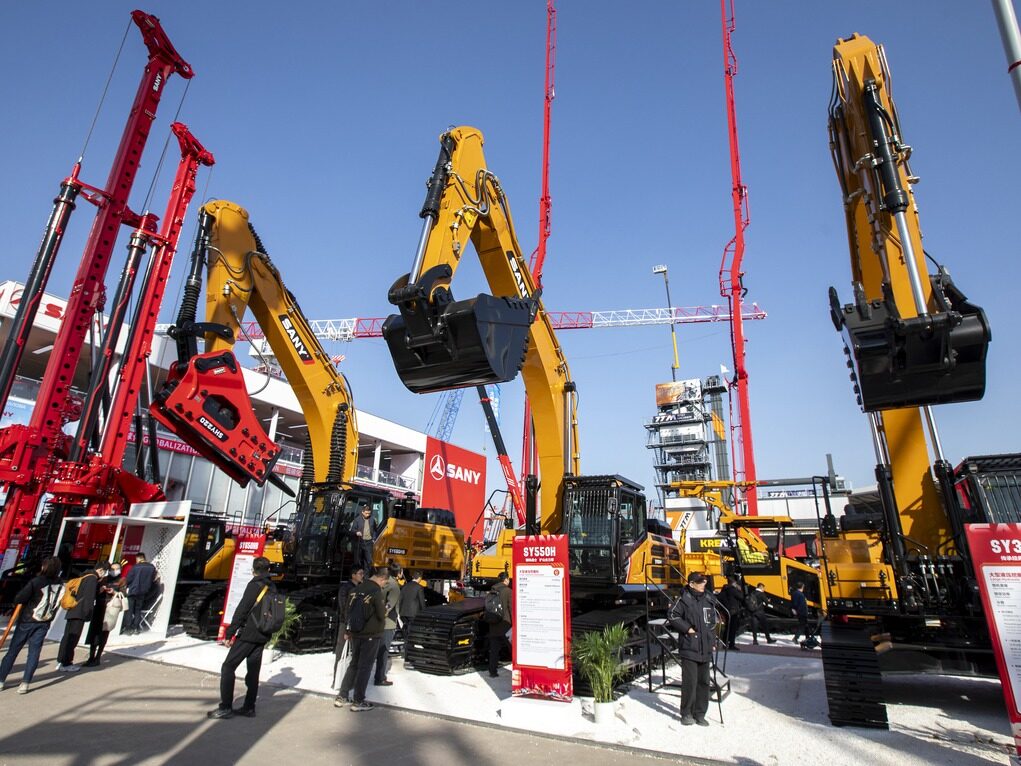
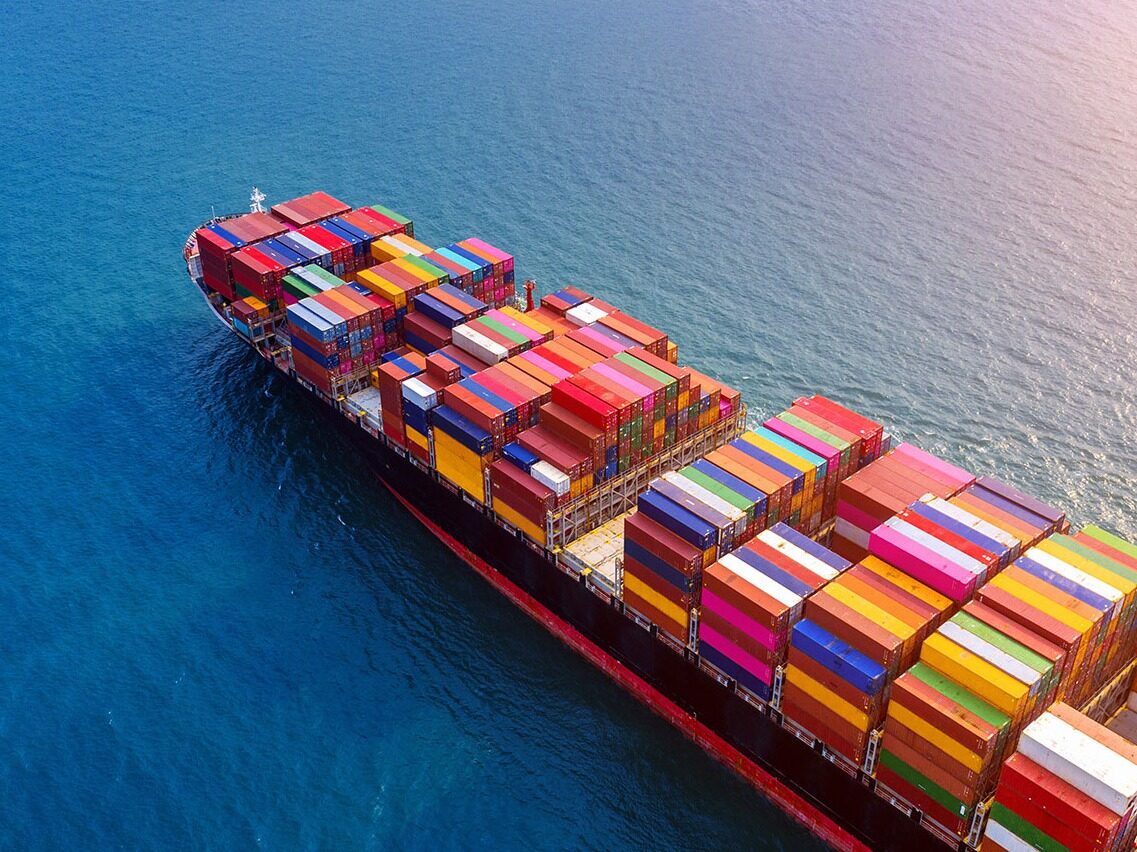

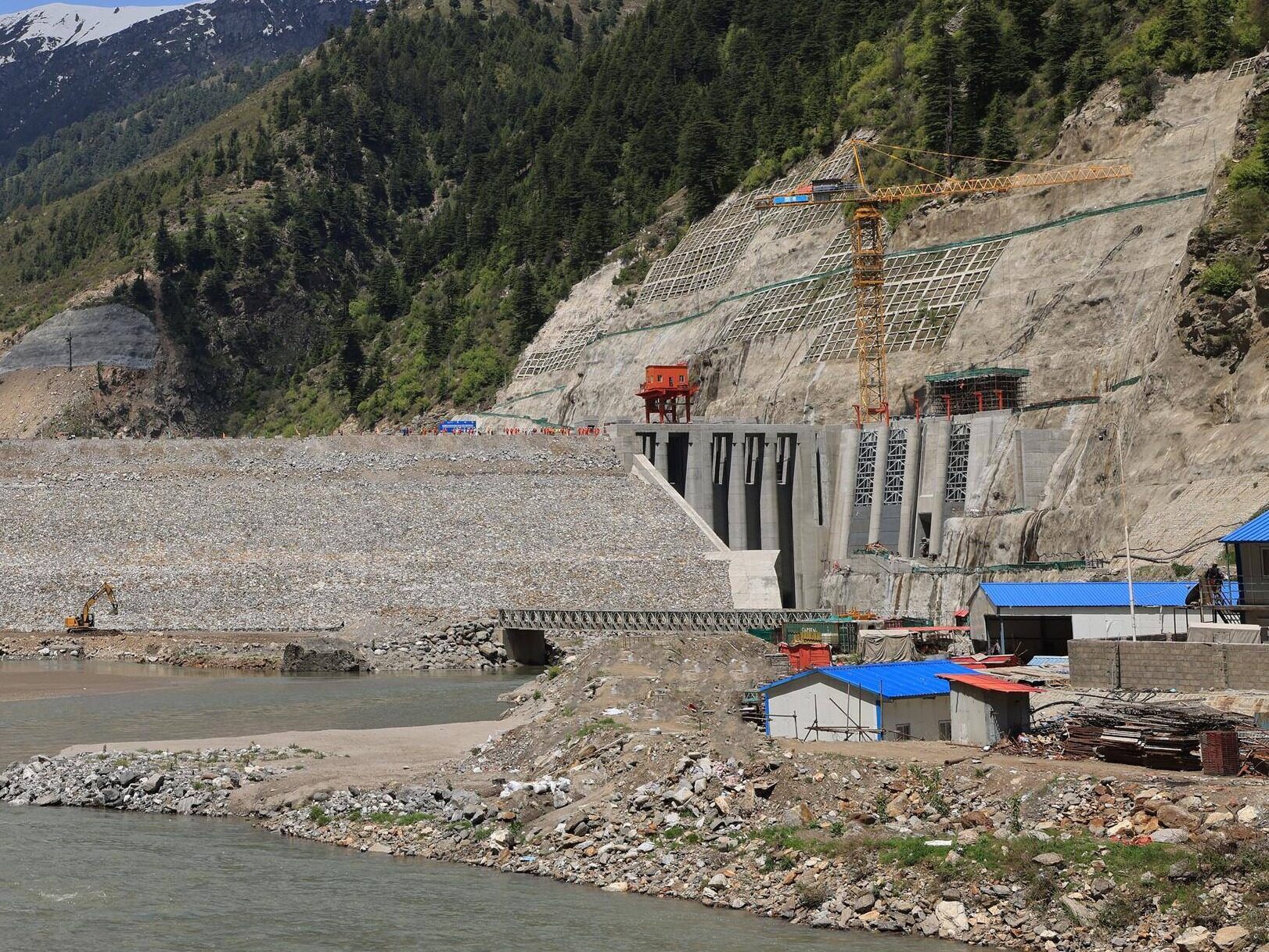
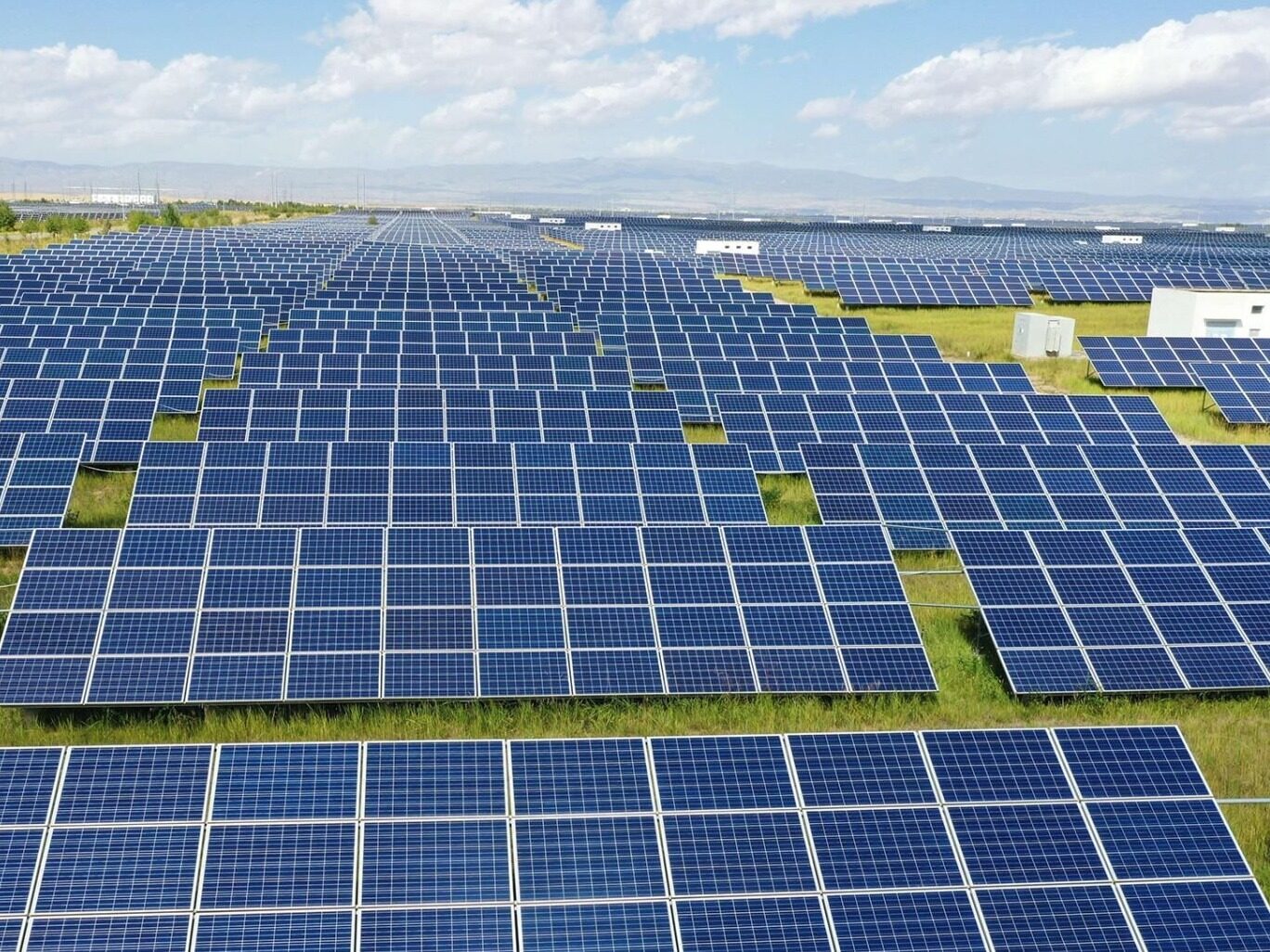
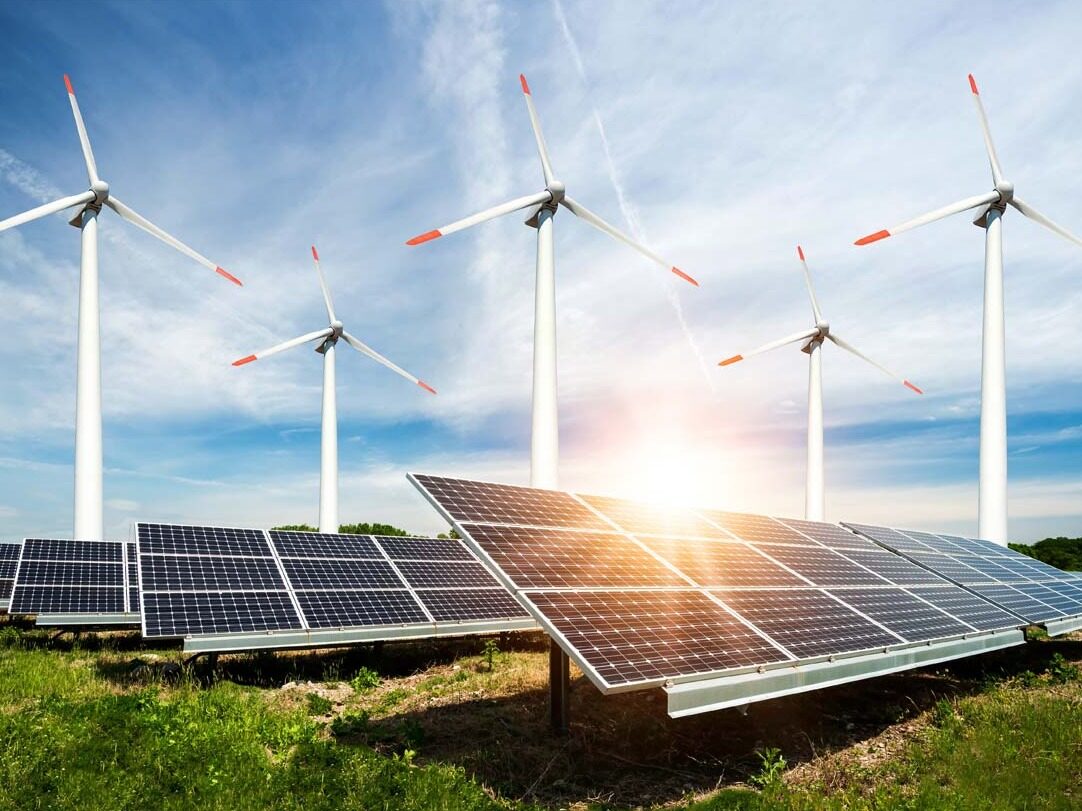






Write something~